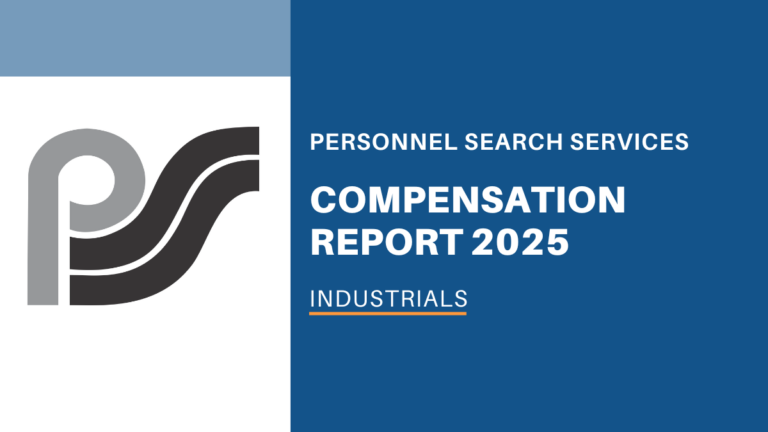Organizations today are on a spree to incentivizing the induction of more women into manufacturing facilities for their production plants, assembly plants and distribution centers. While this is a long overdue development, this trend is being brought about by the confluence of favorable factors.
- Automation and robotics being introduced in plants: Automation and robotics will enable women to take up more roles in manufacturing, which have earlier been roadblocks to being hired, such as physically demanding tasks like lifting and unloading. Automation of these standard tasks through tools and machinery has allowed both men and women to take on such work if they have the requisite skills to do so.
- Better security and safer working conditions for women: Technology has also played in role creating a more secure and controlled work environment where women can work in their jobs free from the fear of harassment. Using high-tech cameras and surveillance systems and mobile apps that can monitor and track people in an enclosed workspace, such safety standards are much easier to achieve today.
- Greater cultural and workplace acceptability of women in manufacturing roles: More women joining the workforce than ever before and this is driven by better education levels of women, the rise in nuclear families and better childcare facilities available to working mothers. More women are also being encouraged by their families to work in more non-traditional jobs like manufacturing among others, as it provides a family with additional income and financial options.
- Changes in labor laws and government initiatives: Manufacturing jobs are also becoming available in smaller cities and towns where large plants are set up and where the demand the availability of local skilled and unskilled workers is becoming ever more acute. While moving workers across state boundaries is an option, it brings in challenges of non-localization, unions and other hassles for companies. The government has recognized this labor supply issue and has tried to alleviate it by abolishing section 66 of the 1948 Factories Act which allows women to work in a factory only between the hours of 6am to 7pm. This has allowed more women to work in production environments during non-peak hours.
- Diversity hiring agendas and incentives to promote more women-hiring: Several large employers like Aditya Birla Group and the Tata Group have been promoting hiring of women in manufacturing roles across their group companies. HR departments are incentivized in several organizations to hire a certain percentage of women at managerial and rank-and-file levels of the organization. Such progressive approaches are encouraging more women to successfully apply for manufacturing roles allowing them to be more gainfully employed.
What other factors are driving the recruitment of more women into the manufacturing workplace? We would love to hear from you.






